ΜΑΘΗΣΙΑΚΑ ΑΠΟΤΕΛΕΣΜΑΤΑ
1. Ικανότητα επεξήγησης του πώς οι οικονομικοί παράγοντες (ιδιώτες, νοικοκυριά, επιχειρήσεις, κυβερνήσεις, κεντρικές τράπεζες) λαμβάνουν αποφάσεις και κάνουν επιλογές που σχετίζονται με
την αγορά συναλλάγματος.
2. Ικανότητα επεξήγησης των βασικών λειτουργιών της αγοράς συναλλάγματος και των κριτήριων με βάση των οποίων οι επενδυτές αποφασίζουν να επενδύσουν τα κεφάλαια τους μεταξύ εγχώριων και ξένων χρεογράφων.
3. Ικανότητα κατανόησης εννοιών της μακροοικονομικής θεωρίας με τη χρήση μαθηματικών και ποσοτικών μεθόδων, μοντελοποίησης συστημάτων με χρήση των μεθόδων αυτών, αποτελεσματικής ανάλυσης και σύνθεσης δεδομένων με απώτερο στόχο την ανάπτυξη διάφορων τρόπων σκέψης και την ανάπτυξη στρατηγικών επίλυσης προβλήματος.
4. Ικανότητα αποτελεσματικής εφαρμογής οικονομικών λογικών και μεθόδων στη μελέτη της αγοράς συναλλάγματος και των μακροοικονομικών πολιτικών σε ανοικτές οικονομίες.
5. Ικανότητα στρατηγικής και κριτικής σκέψης για μια σειρά θεμάτων που σχετίζονται με τη διεθνής μακροοικονομική και χρηματοοικονομική. Αυτή μπορεί να αποδειχθεί μέσα από την κατανόηση της λειτουργίας της αγοράς συναλλάγματος και της δυναμικής και των περιορισμών των εναλλακτικών προσεγγίσεων ενός μακροοικονομικού μοντέλου ανοικτής οικονομίας.
Καθηγητές
Επιλέξτε για να δείτε περισσότερες πληροφορίες για κάθε καθηγητή.
| Όνομα | Τίτλος | |
|---|---|---|
| Σπυρομήτρος Ελευθέριος | Καθηγητής | espyromi@econ.duth.gr |


